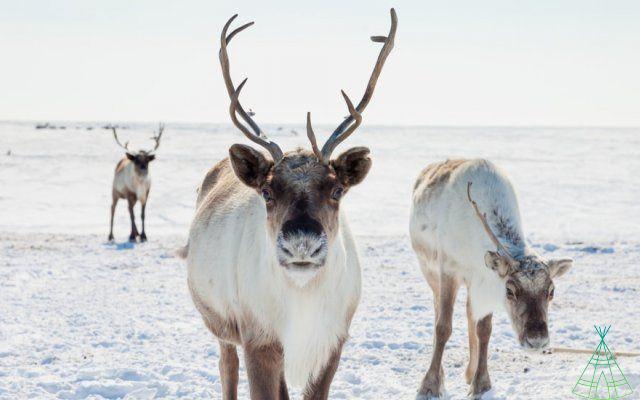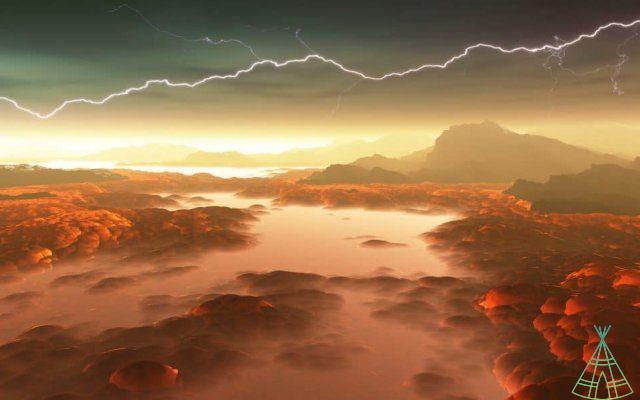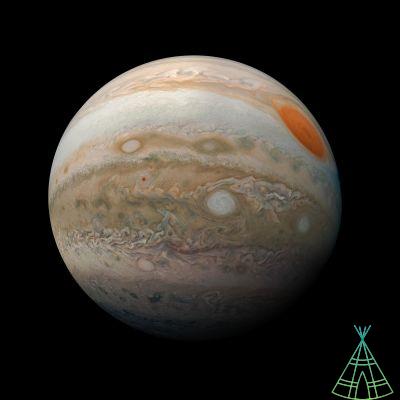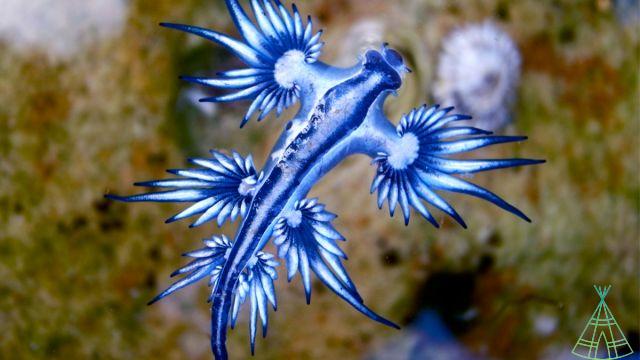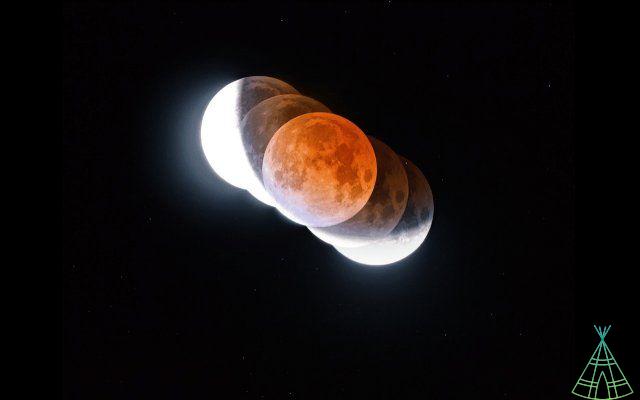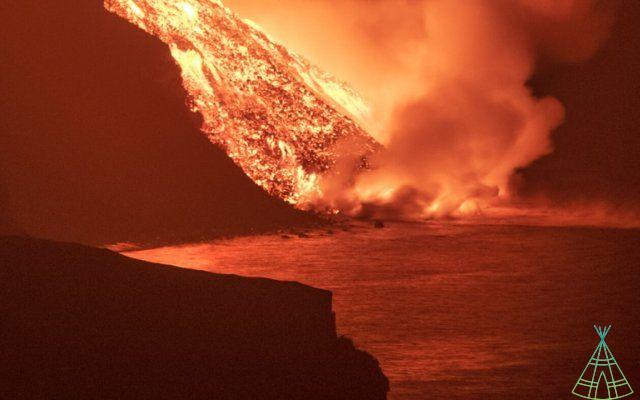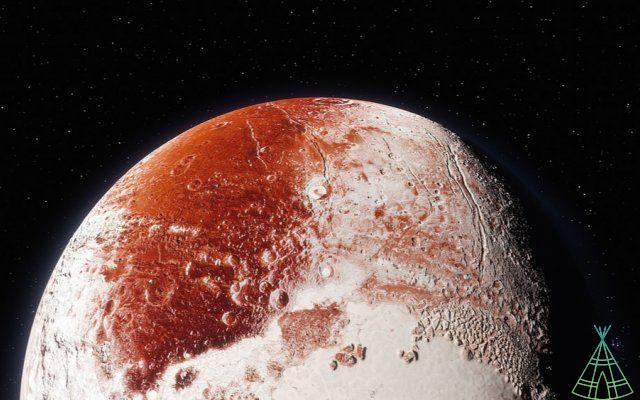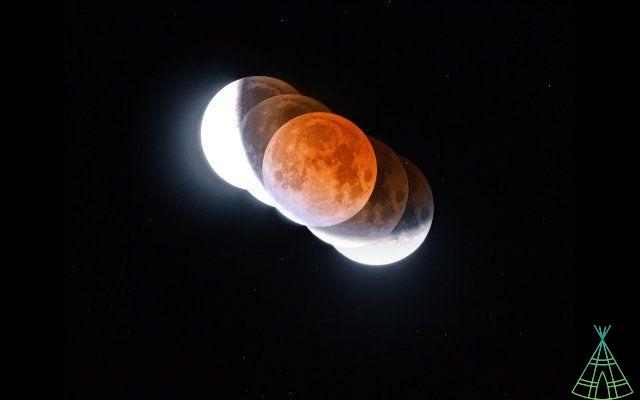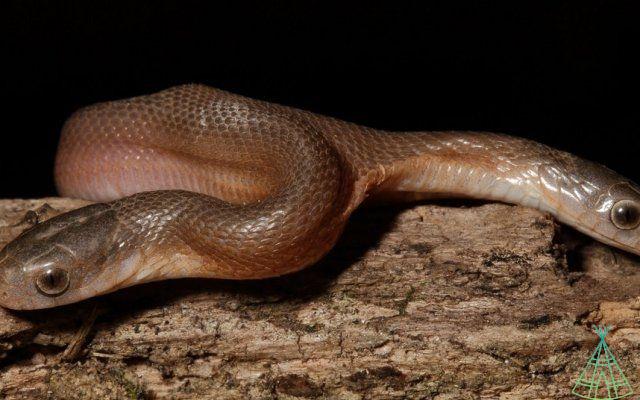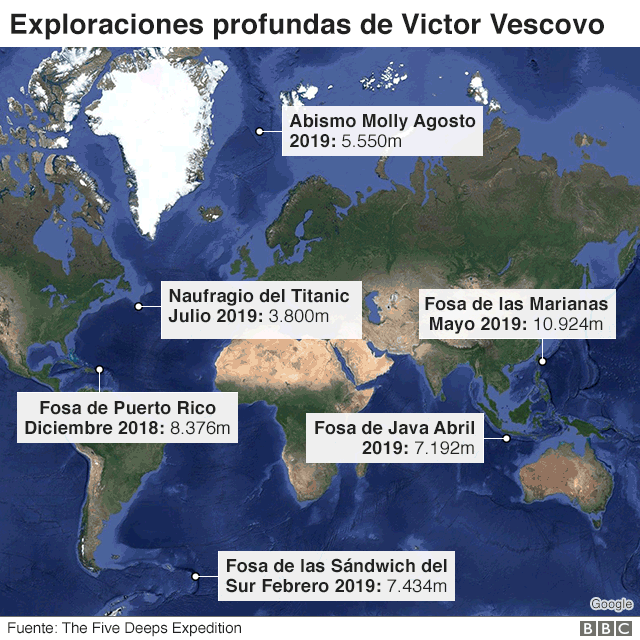Researchers have found a tooth belonging to one of the largest carnivores to ever exist on Earth: a real sea monster from the Triassic period known as the ichthyosaur.
Although the crown of the tooth is partially missing, the root of the fossil tusk is twice as large as any other ichthyosaur tooth ever found, according to a new study published in the Journal of Vertebrate Paleontology. According to the authors of the study, the previous record holder for the largest tooth was an ichthyosaur almost 15 meters long.
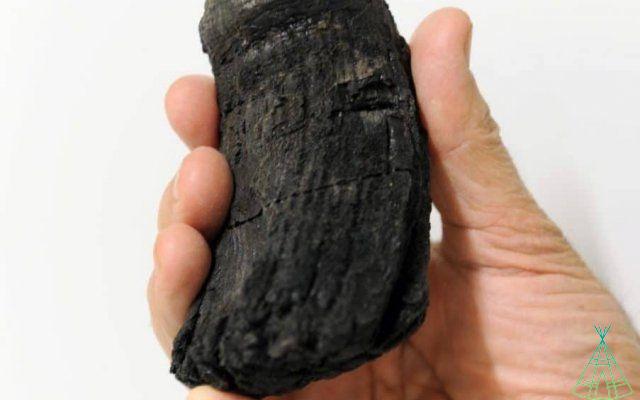
o Scientists only have half a tooth to base their research on, in which case it is impossible to specify the characteristics of its owner. "It's difficult to say whether the tooth is from a large ichthyosaur with giant teeth or a giant ichthyosaur with medium-sized teeth," said study lead author P. Martin Sander of the University of Bonn in Germany.
Ichthyosaurs, whose name translates to “fish lizards,” arose during the middle Triassic period (about 252 million to 201 million years ago) shortly after the Late Permian extinction wiped out about 95% of life in Earth's oceans. Earth.
Approximately 5 million years after their appearance, ichthyosaurs reached enormous sizes and dominated all of the world's oceans, according to the study's authors.
The largest known ichthyosaur is Shastasaurus sikanniensis—a whale-like creature that could reach 21 meters in length or even more. For stoppage purposes, today's blue whales generally measure between 24 and 30 meters in length, while the carnivorous king T. Rex averaged 12 meters in length, according to the American Museum of Natural History.
Discovery of ichthyosaur tooth is shrouded in mystery
Many large ichthyosaurs, including the gigantic Shastasaurus, appear to have become top predators without ever evolving teeth, according to this study. Only one species of giant ichthyosaur—the 50-meter-long Himalayan, discovered in Tibet—is known to have a mouth full of teeth.
So when scientists discovered a single large fossil ichthyosaur tooth in the Kössen Formation of the Swiss Alps — a 2,8-meter-high rock formation that existed at the bottom of the sea — the team was faced with a mystery.
The researchers analyzed the fossil tooth in detail, along with some large ichthyosaur ribs and vertebrae discovered in the same alpine formation between 1976 and 1990. The team stopped sampling bones from other giant ichthyosaur fossils and more complete skeletons, in order to estimate the size and species of the new specimens.
Read more:
- Researchers find giant 'sea dragon' fossil
- Dinosaur fossil found in MA draws attention for gigantic size
- Dinosaur egg fossil guards super-preserved embryo
Measuring about 6 cm wide at the root and 10 cm high from the root to the broken end of the crown, the fossil tooth is twice as large as any known Himalayan tooth, the researchers say.
The unique pattern of dentin – the hard tissue that holds most reptilian and mammalian teeth – attests that the tooth belonged to an ichthyosaur, but the fossil's extraordinary size doesn't fit any known species.
If the creature's body was significantly larger than that of a Himalayan, the tooth seems to suggest, then researchers may have found the largest ichthyosaur ever discovered.
Likewise, the ribs and vertebrae found in the Kössen Formation are some of the largest ichthyosaur fossils of their kind ever discovered in Europe. The tooth, ribs and vertebrae appear to belong to three different specimens of ichthyosaurs – all gigantic.
"These giant Triassic ichthyosaurs were clearly among the largest animals ever to inhabit our planet," the researchers said in a statement.
For now, researchers have assigned the three specimens to the Shastasauridae family — the same family as the giant Shastasaurus, Shonisaurus and Himalayaurus. More studies are needed to reach a conclusion about the species, if that is possible.
Have you watched our new videos on YouTube? Subscribe to our channel!





